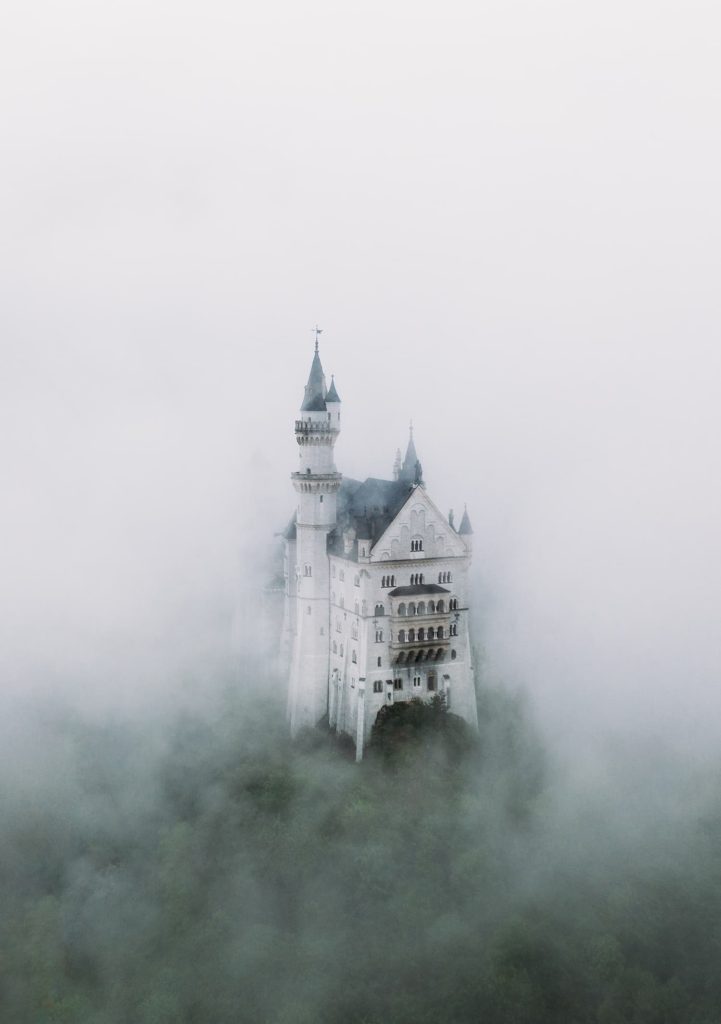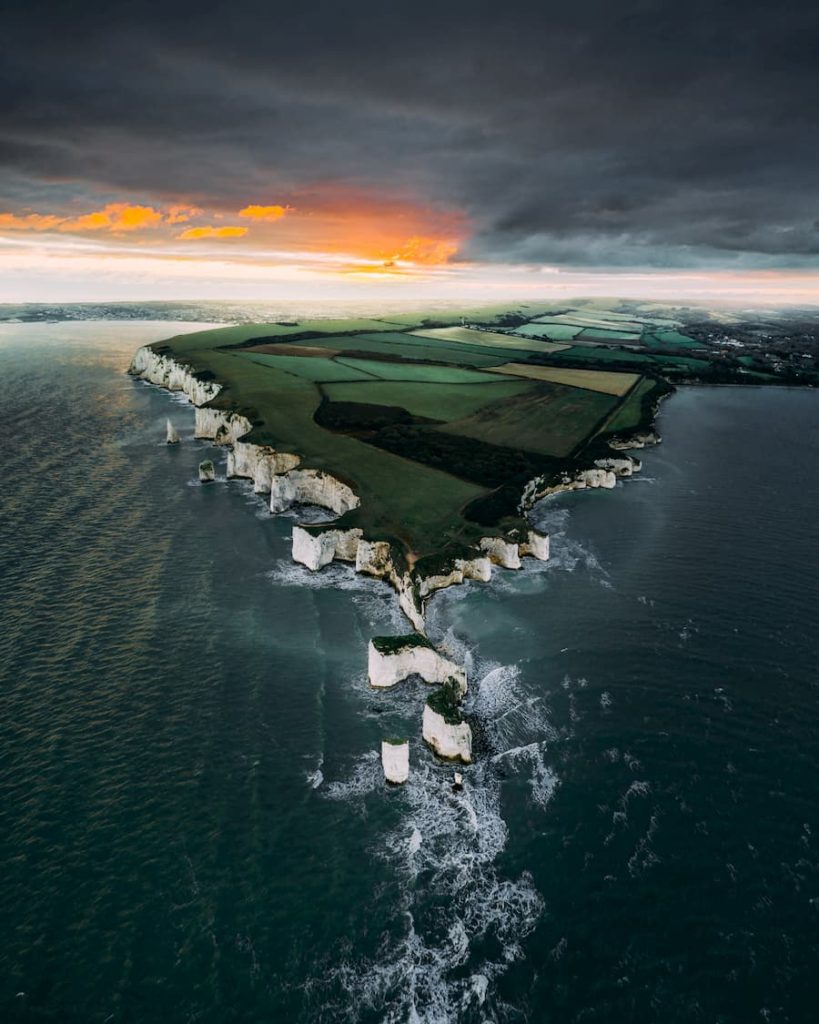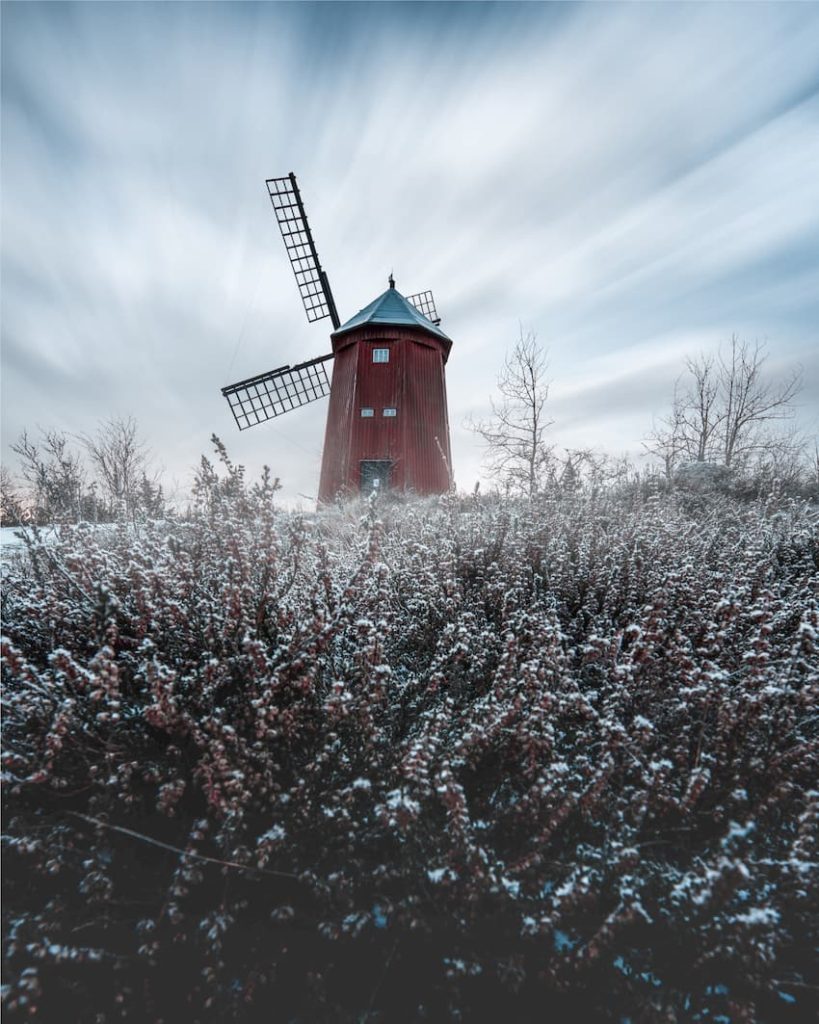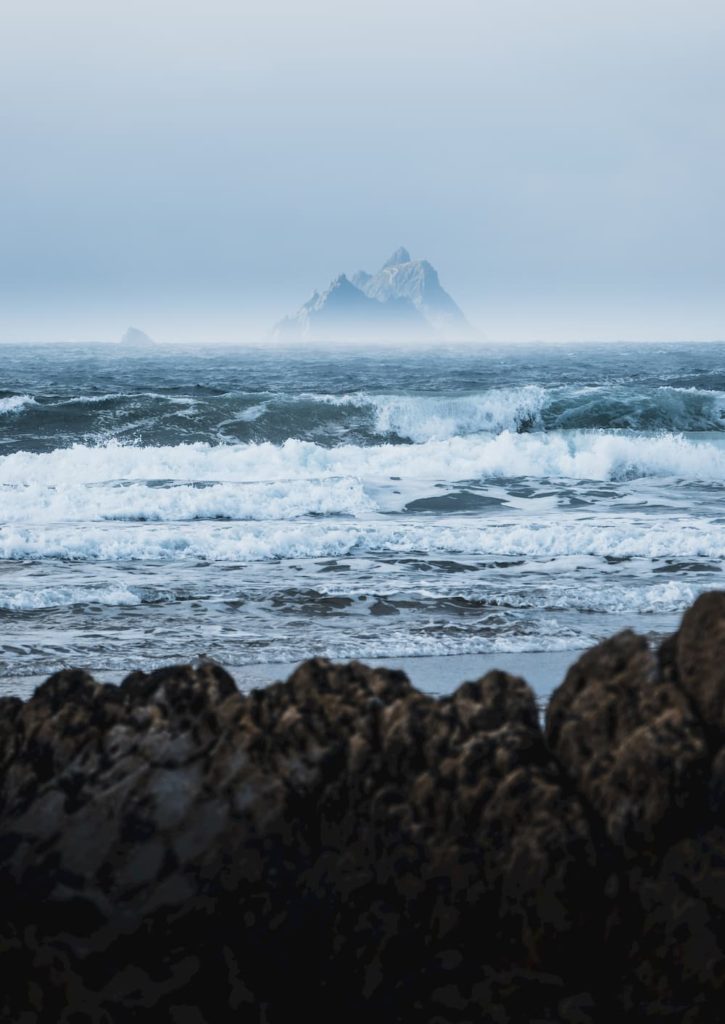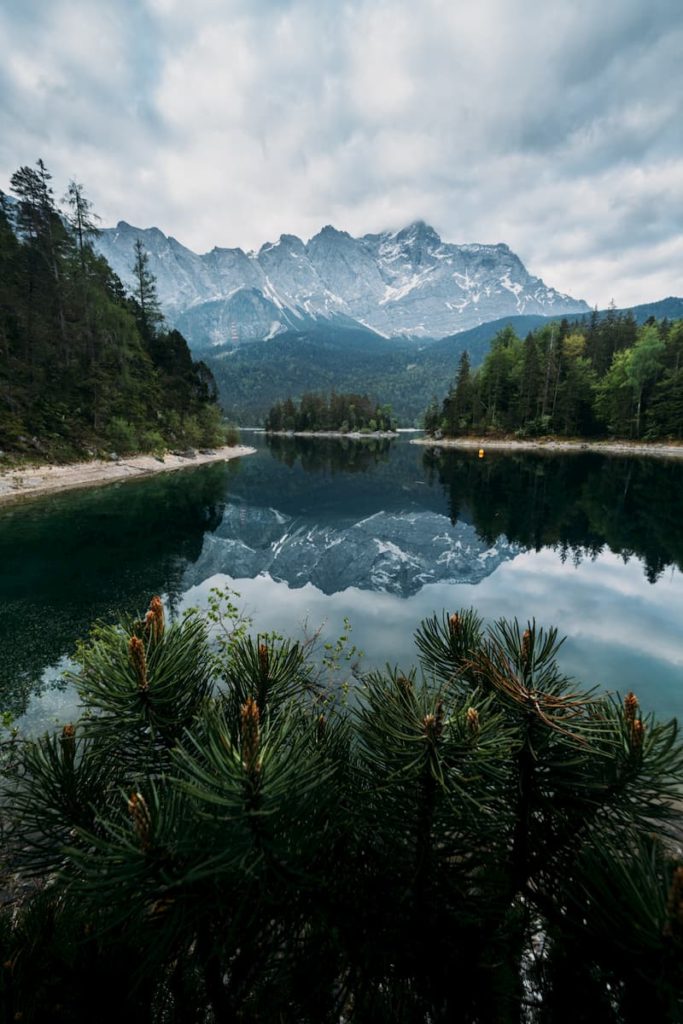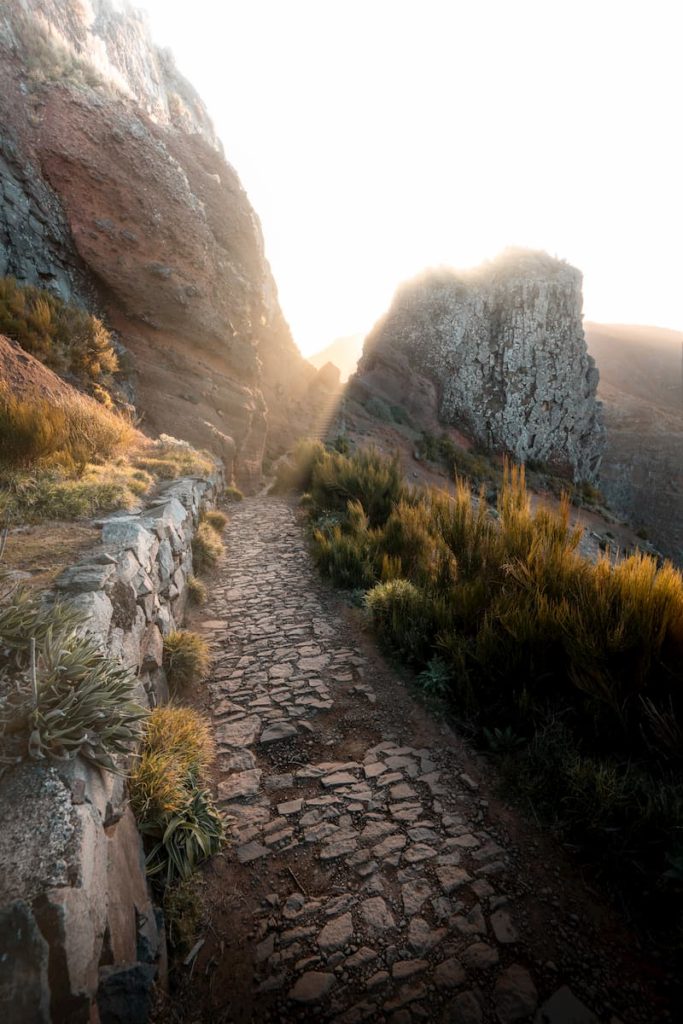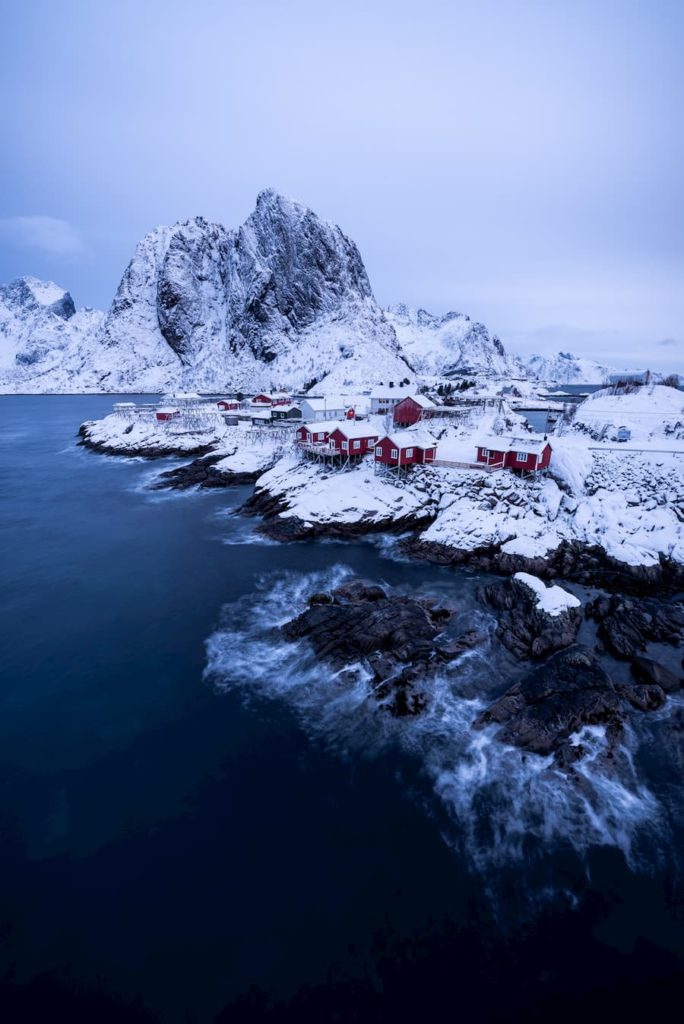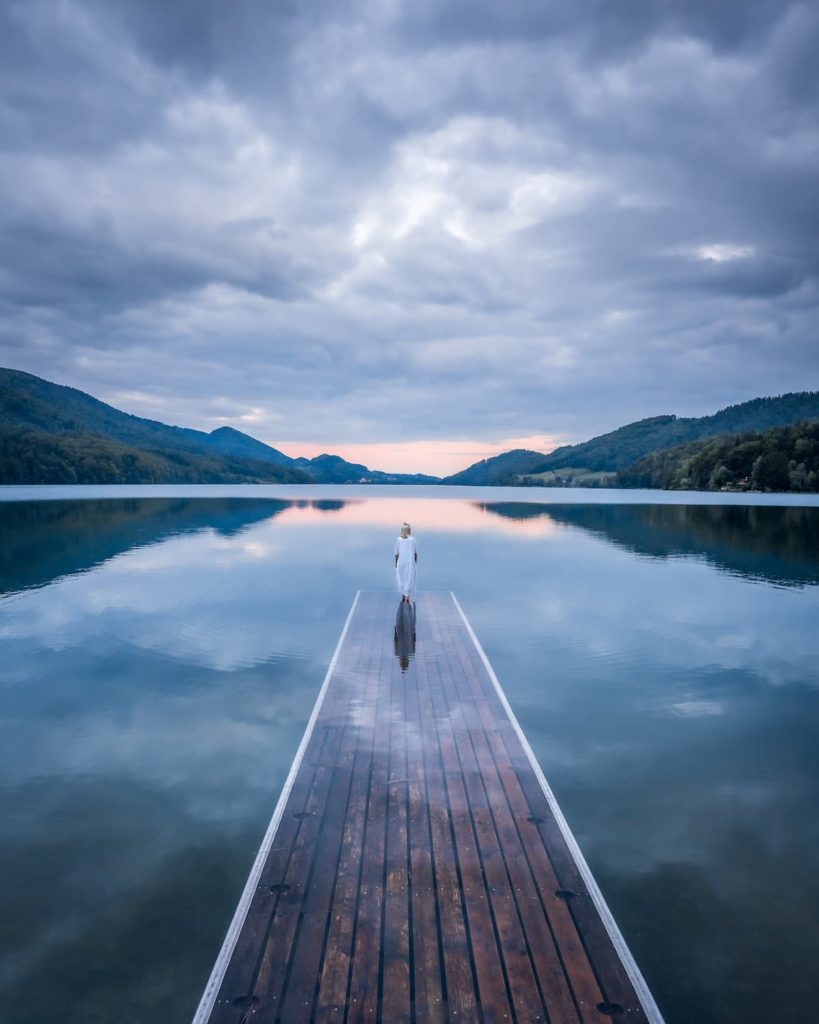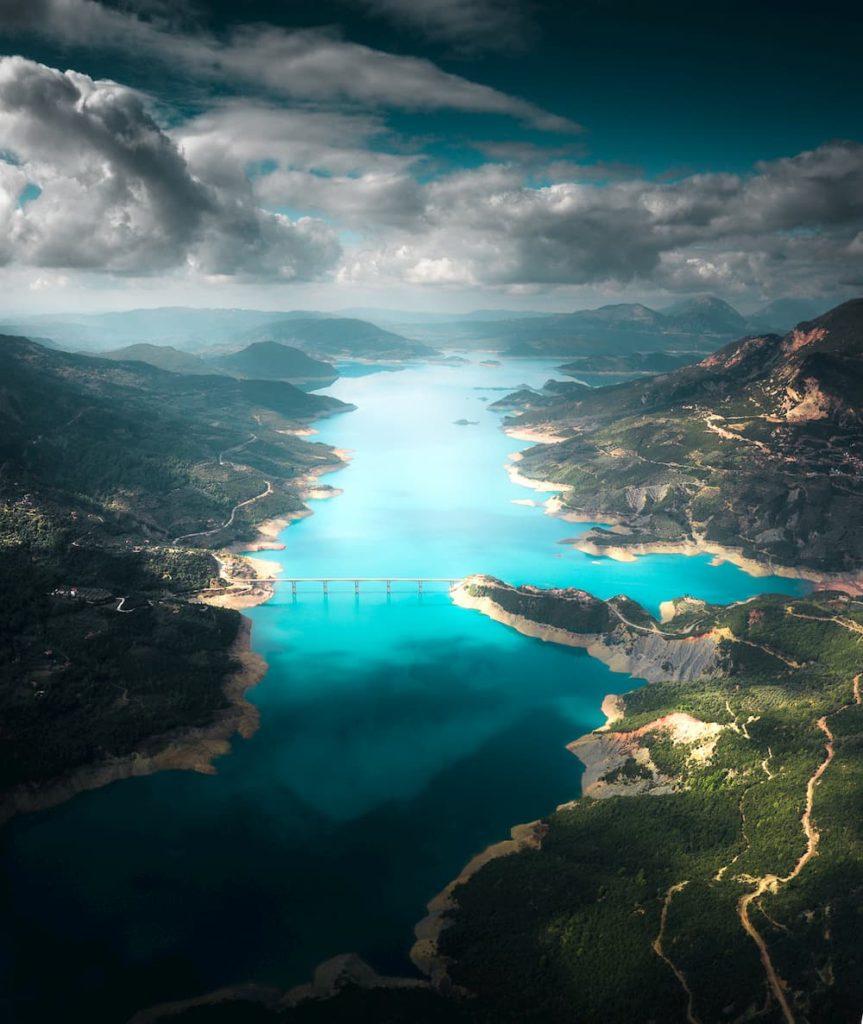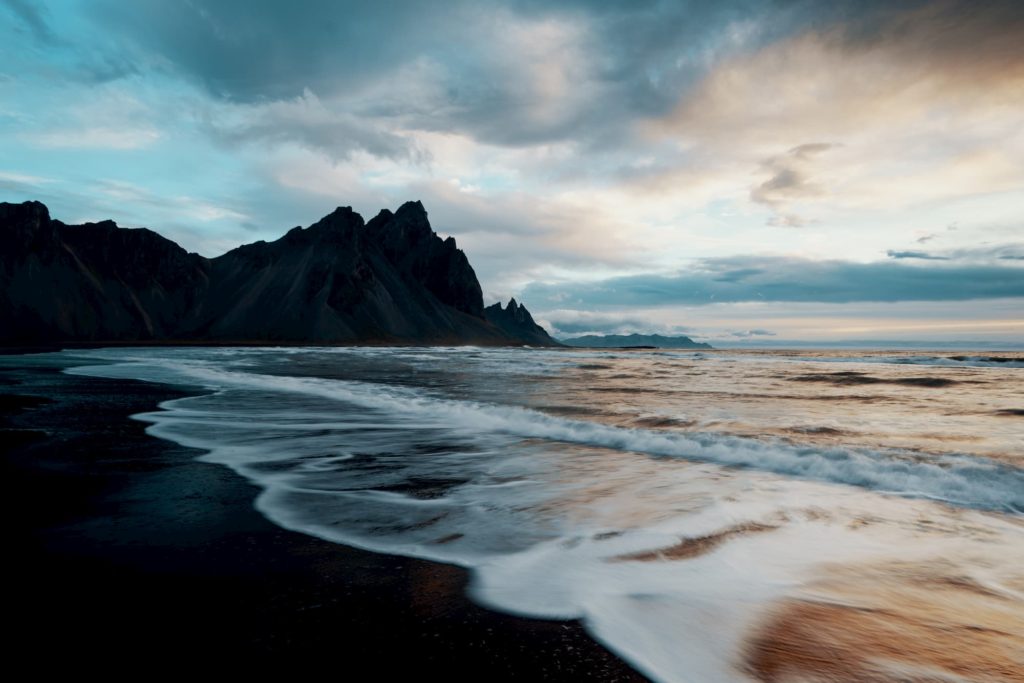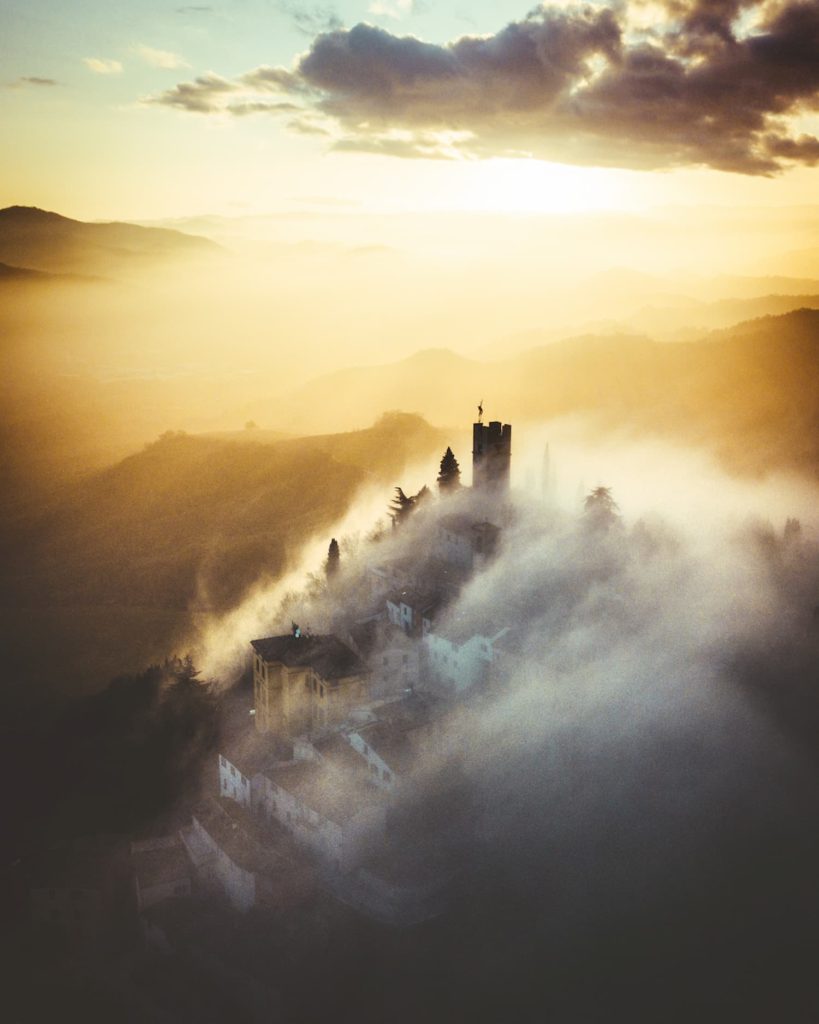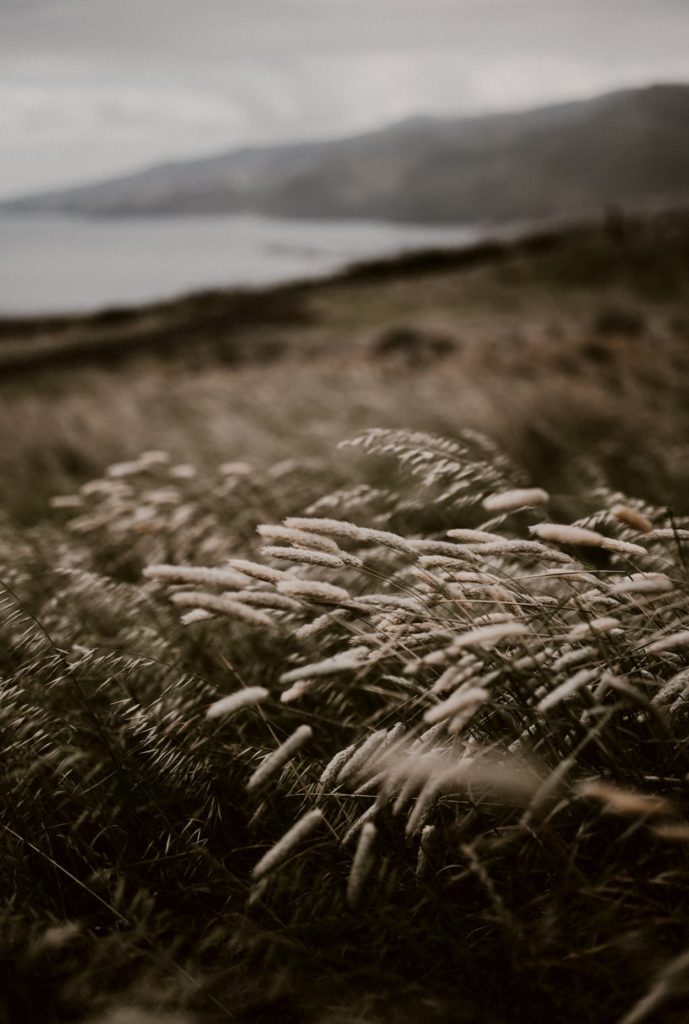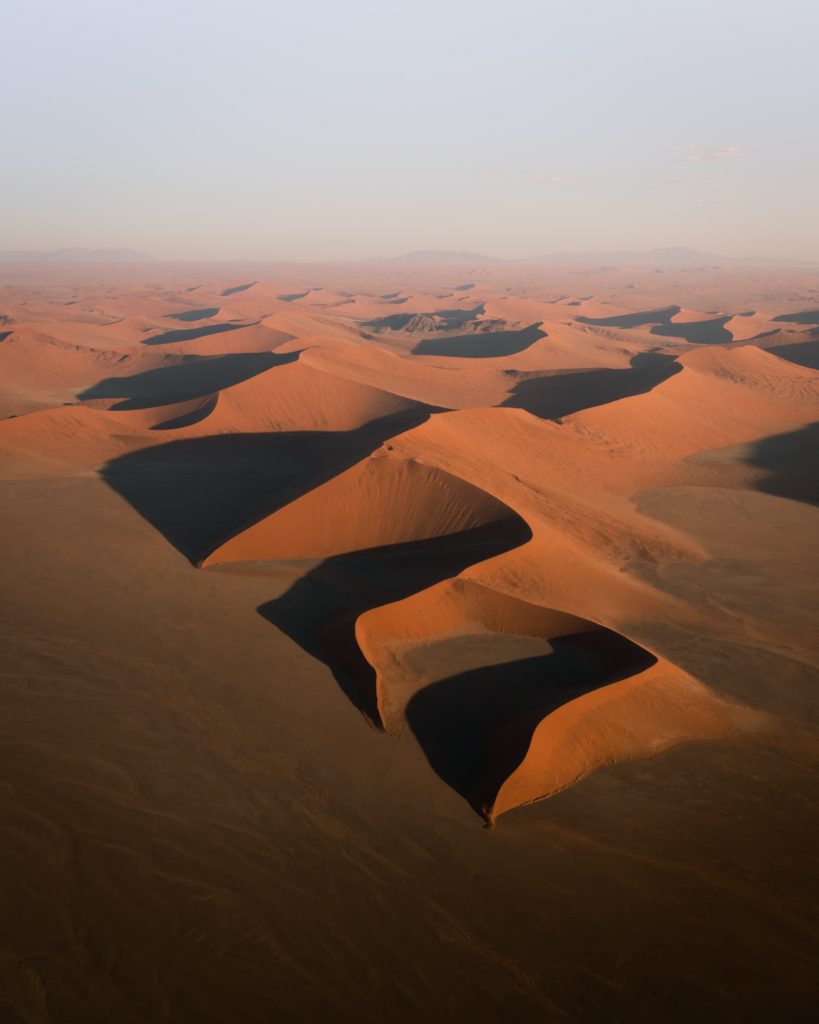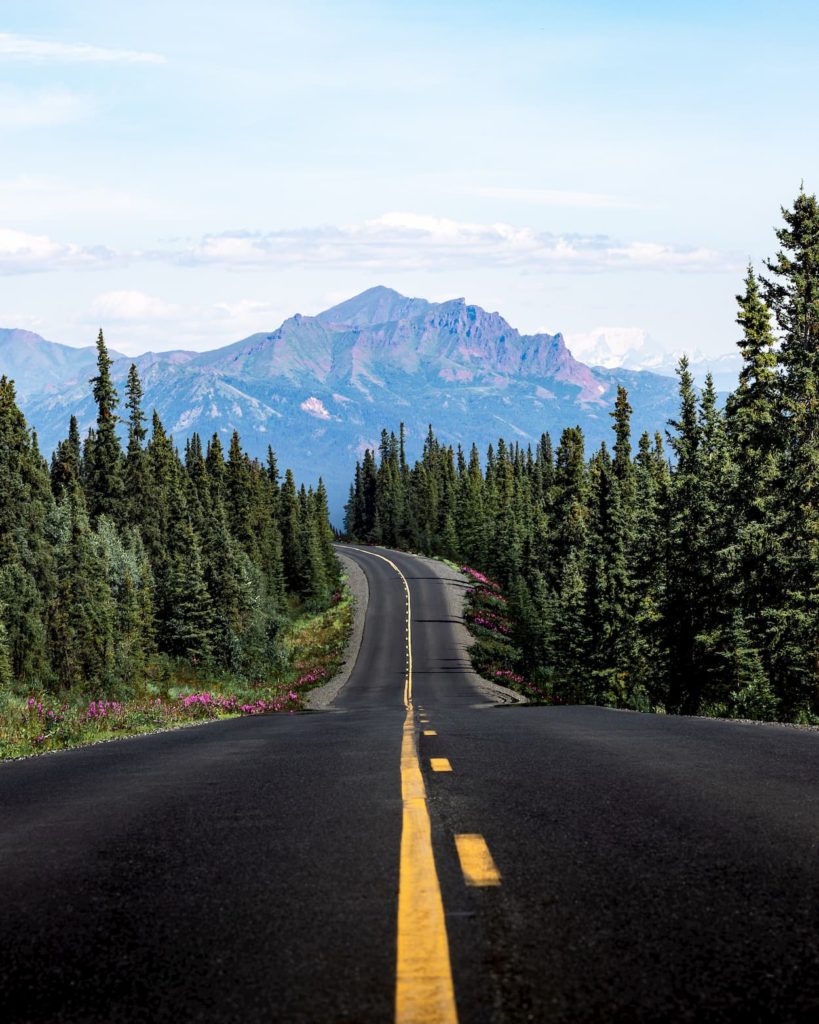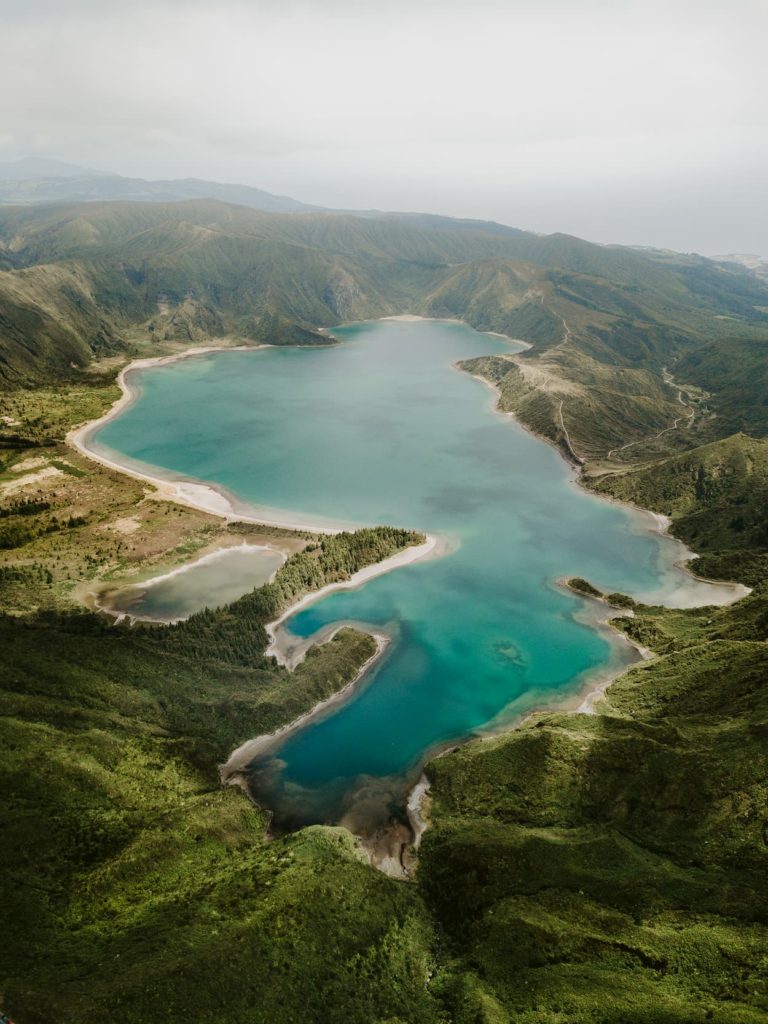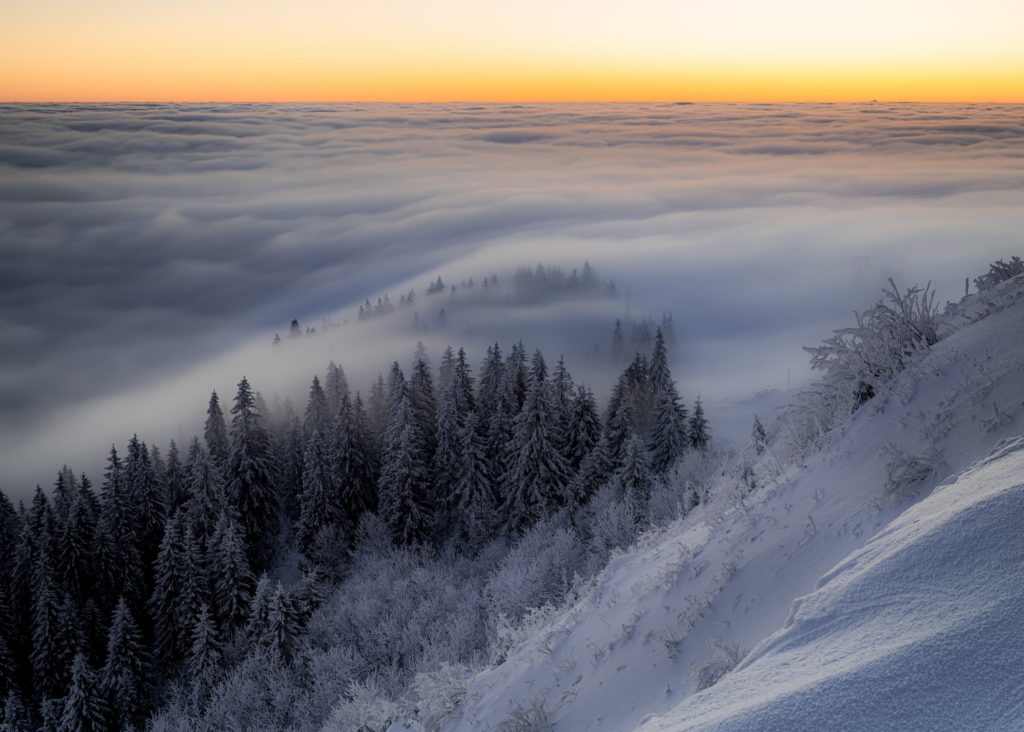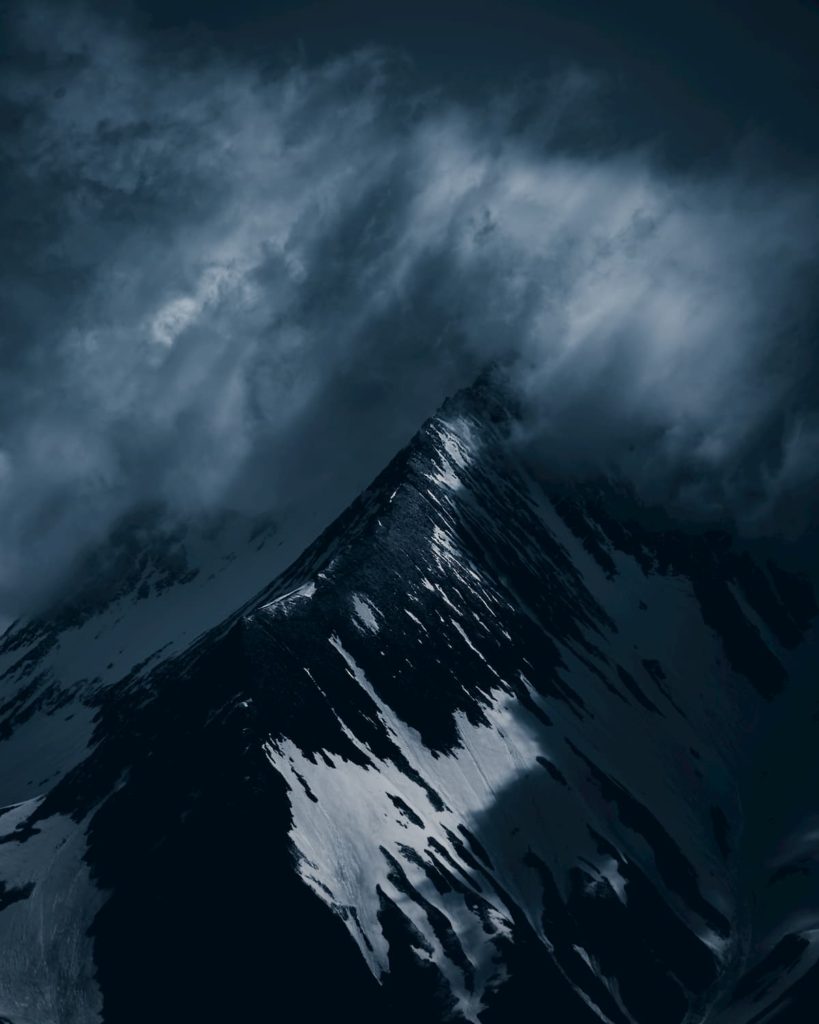
Sebastian Grafe
@sebastiangrafephoto
Landscape photographer based in Germany
Looking back as a 39 years old freelance photographer to how it all started, I can say that I have always had a creative eye. At school I would design the graduation newspaper and when learning how to do certain tasks for my jobs I used photography as a tool to document and remember the steps. I took hundreds of shots with my small 6 mp point and shoot camera instead of taking notes…
I finally bought a DSLR when I was transferred to Frankfurt Airport, Germany, where I photographed planes with some really bad HDR. Later I focused also on people, by shooting portraits and weddings. One day a good friend of mine asked me to come with her to Mallorca; while she was enjoying the beach I roamed the mountains and the outback of the beautiful island. One night, I captured the night sky full of stars over a stone viaduct there. Not a particularly great image, but the story behind still makes me laugh. The viaduct is so far out in the backland that there are no streetlights or any other light sources. That’s why you see the stars so clearly. I set up my tripod and started shooting when suddenly I heard a noise. A strange one… Were it some footsteps? I couldn’t tell. Like in a bad horror flick I said: “Hello” in German, but no one answered. The steps came closer. So I took my cell phone, turned on the flashlight and looked into four eyes of two wild donkeys who just wanted to say hello.
"There, in Mallorca, I fell in love with capturing the beauty of the landscape and with traveling itself."
Photography has become an integrated part of my life since then and I have to admit that I am a gear-enthusiast. I simply love photography gear. While others may get along with one camera and one lens, I am craving for more – I am amazed by how different lenses produce different looks. In 2014 I bought myself a real gem, the legendary Canon EF 50mm 1.0 L. You can only get it used but the pictures coming out of this baby are just out of this world. It puts you back in an analog era. The lens was designed for analog cameras so the pictures it produces are not perfect or extremely sharp but have a creamy and dreamy bokeh you can’t achieve with anything else. A lense with character! Totally not comparable with modern lenses that tend to be close to perfection with no flares, no chromatic aberrations and with great sharpness.
However, I do embrace the development of modern technology, be it lenses or drones. I love to shoot wide with my Sony 12-24mm f/4. Most landscape photographers use a 16-35mm lens. But for me 16mm is, if you want to go wide, not really wide enough and 35mm is “too normal” most of the time. In addition to that I am a fan of my Canon 17mm TS lens adapted to my Sony body, because I don’t like converging lines. I wish Sony will release a decent tilt shift lens, preferably a 14mm, at some point! And last but not least my most favorite toy is my drone – the Mavic 2 Pro. Big 1” sensor with decent dynamic range and of course the possibility to see the world from a bird’s-eye perspective which I make great use of. Actually, if I find out that I cannot fly my drone in a certain area while planning my trips, it is a deal breaker and I might skip this region.
I started landscape photography in landscape mode, how appropriate. I loved panoramas. But just because of Instagram 90% of my shots are now vertical and with the first thing in mind, “will it fit into 5 by 4 crop?” I perceive it as a bad influence from Instagram, though I know that at the end it is my choice which format to choose and I keep reminding myself to turn the camera sideways again more often. In addition to that I try to add more depth to my pictures by using open apertures with some blurred foreground elements if possible – I guess this is a good influence from Instagram. Looking through my Lightroom catalogue I realized that I was using my 17mm tilt shift lens quite often recently.
"Mainly because I love straight lines and 17mm has a sweet focal length for landscapes and architecture."
When taking pictures, I unfortunately have the habit trying to make them as perfect as possible. Best composition, no clipping highlights or shadows, no disturbing objects, straight horizon, just as I was told in all those tutorials I watched during self-study and due to my sense of what makes a good photograph.
However, I still really want to make a piece of art and spend a good time editing. I want to create something where the viewer just says: “Wow, I want to be there right now.” An image that has depth, emotion and tells a story. Henri Cartier-Bresson put it down into words: “A good image is an image that is viewed for more than a second.” I think that is spot on. Especially today, where online galleries and social media feeds are flooded with more and more pictures. I wanna make that one that makes you stop for a while and picture yourself there.
Coming back to old and bad habits, I really don’t like shadows that are too deep without details and clipped highlights, so these are the parameters I always touch. I love soft light, especially during sunrise and sunset. And unfortunately I do like contrast and color. I know it’s not so common these days but I like them.
"I think that is complicated sometimes; a photographer is an artist with a certain style and wants to create art freely, and that does not always follow trends. But as an artist you also want people to appreciate what you are creating."
In my observations I currently see photography tending to go with muted colors and low contrast. So I adapted to that and tuned everything down a little. Sometimes I am fighting with that because every time I see a low contrast image, I always want to turn it up because it just feels right. Because it’s my style. I think each photographer is struggling with that constantly.
"As I progress in photography, I keep evolving, breaking old habits and making up my own rules."
At the end it is my vision that I want to share, my art. For example, I will definitely remove any disturbing objects, like power lines, waste bins, signs etc. I know that is no longer the image that came out of the camera, but in my mind that is the way it should look. It’s the same when working with light; an overexposed sky always meant to me that you were not in control of your camera. But today I often even enhance the haziness of the sky to give it a more moody feeling. It all comes down to perception and subjective opinions.
"What is most important is to express your feelings through photography and create art accordingly."
We simply cannot explain everything. That is also why I am giving every image a title. It just feels right. Like a name, I believe every creation should have a name and not just a filename. The title invites the viewer to read the story behind the image. Like a good headline invites you to read an article. Every picture tells a story. And there is a story behind every picture.
"In my photography journey, I learned two things that for me are fundamental. First, you cannot photograph everything."
Enjoy the moment while taking the shot, that is what the craft is all about, capturing the moment. And keeping it. I do other genres of photography, especially weddings where I love to capture moments and emotions, but only with landscape photography it’s all about me. I take my backpack, my tripod and head into the wild. Set up my gear on a mountain under a waterfall or at the shores of a lake and it is just me and nature. At that very moment I let the camera work and I calm down and relax.
Second, the love for traveling. This planet has so much to show and to discover. I’d recommend everyone to use that limited time we have and make something good out of it. Of course everyone fills this in differently, but once you start traveling and opening yourself up for the richness and diversity of the world, you’ll see it changes everything and your perspective changes.
Would you like content like this sent to your inbox?
MUST READ STORIES OF JULY
MUST READ STORIES OF JUNE
MUST READ STORIES OF MAY
NOMADICT
ART GALLERY
THE LATEST STORIES
WRITEN WITH PASSION TO INSPIRE YOU

Miroslav Maršík (@miromarsik): Photographer based in Czech Republic
In this article, Miro shares how his love for cinematic music evolved into a deep passion for photography and how he uses light, color, and atmosphere to turn the streets of Prague into living film scenes.

Aurora photography panorama workflow: A guide to camera settings, editing, and color
In this article, Stefanie reveals how her background in physics sparked her passion for astrophotography and how she blends science with creativity to capture the beauty of the night sky. Readers will discover her approach to color, contrast, and editing, as well as her aurora photography workflow.

Yhabril (@yhabril): Best of the Week 33 at #nomadict
Spanish photographer Yhabril captures the profound connection between humans and the mountains that shaped him. Growing up in the Pyrenees, his work bridges outdoor sports, landscapes, and celestial scenes — often blending athletes, moonlight, and wilderness into striking visual stories.

Ariane Totzke (@besondersschwierig): Photographer based in Switzerland
In this article, Ariane shares how photography helped her navigate personal challenges, connect authentically with people and animals, and develop a philosophy rooted in empathy and artistic freedom. Readers will also discover her ethical approach to wildlife photography and her trusted equipment for both camouflage techniques and cameras.

How to photograph Dutch tulip fields: A guide to light, gear, composition, and colors
Discover how to photograph Dutch tulip fields in their most magical light. From choosing the right gear and lenses to mastering composition, color, and aerial perspectives, this guide shares creative techniques to capture the beauty of the Netherlands’ tulips. Learn how light, color grading, and proportion bring emotion into every frame.
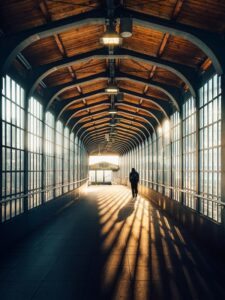
Cinematic city photography: An essential 6-step workflow
In this article, you’ll learn how to read and use light in your home city, choose the right technical settings for low-light scenes, and refine your editing workflow to shape color and atmosphere step by step. In addition, Dominik shares how to find fresh perspectives on familiar locations, five lessons that transformed his photography, and insights on the future of street photography.

Kyle van Bavel (@kylevanbavel): Photographer based in the Netherlands
Kyle van Bavel is a macro photographer with a distinctive, dreamy style that transforms the unseen details of nature into magical worlds. In this article, he shares how his unique vision, shaped by a journey of self-learning and overcoming dyslexia, has become his greatest creative strength.

Inês Preto (@minespreto): Best of the week 20 at #nomadict 2025
Inês is a nature photographer drawn to wild, remote places where weather, wildlife, and mood shape her storytelling. In this article, she shares the behind-the-scenes journey of capturing the Best of the Week image: a puffin trio on the Faroe Islands. She explains how she approached the edit of this image, and shares key lessons she’s learned through experience.
